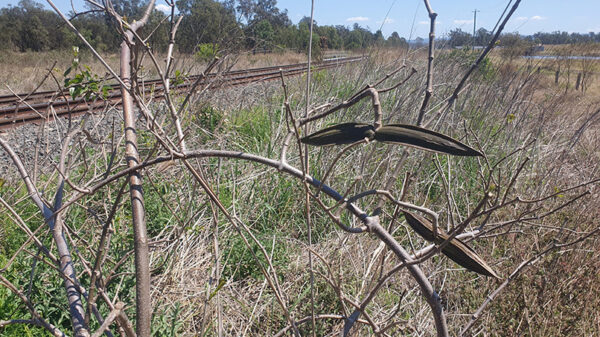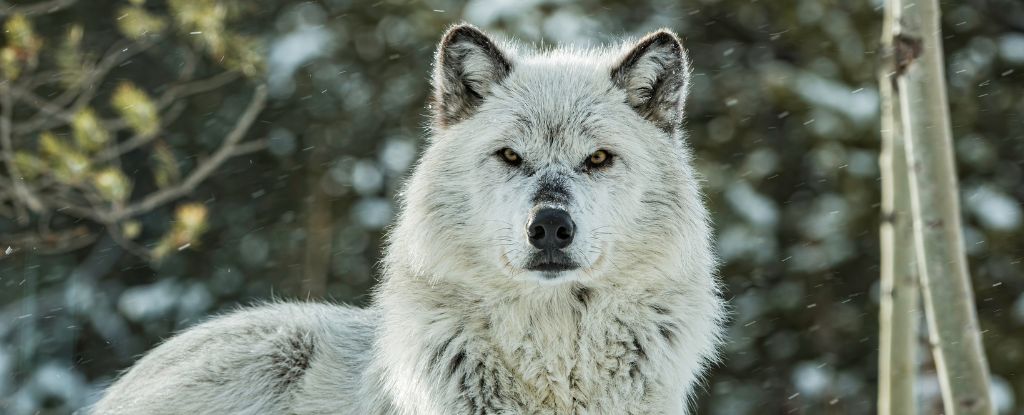Yellowstone National Park is witnessing a significant ecological revival as its aspen forests begin to flourish following the reintroduction of wolves. After decades of decline attributed to overgrazing by elk, the first new aspen overstory in 80 years is taking shape. This development underscores the vital role that large predators play in maintaining balanced ecosystems.
The relationship between gray wolves (Canis lupus) and quaking aspen (Populus tremuloides) became apparent after the wolves were eradicated from the park in the 1920s due to government-sponsored hunting programs targeting predators. As their numbers dwindled, the elk population (Cervus canadensis) surged, leading to overgrazing of young aspen and cottonwood trees. Without their natural predators, the elk’s unchecked grazing severely damaged the ecosystem, preventing new trees from growing and threatening species reliant on mature aspen.
In 1995, after extensive advocacy for wolf reintroduction, a population from Jasper National Park in Canada was introduced back into Yellowstone. The wolves quickly adapted, resuming their role as apex predators and controlling the elk population. This shift has allowed young aspen trees to flourish, providing a much-needed boost to the forest ecosystem.
Successful Regeneration of Aspen Forests
Research conducted by ecologist Luke Painter from Oregon State University highlights the remarkable recovery of aspen stands since the wolves’ return. According to Painter, approximately one-third of the 87 aspen stands surveyed now feature numerous tall saplings, a stark contrast to the surveys conducted in the 1990s, which found none.
The study, published in Forest Ecology and Management, shows a striking increase in the density of saplings over 2 meters tall, which has risen by an impressive 152-fold since 1998. This resurgence represents a critical milestone for the park’s ecosystem, suggesting that the conditions are now favorable for long-term forest regeneration.
Among the key findings, Painter’s research revealed that aspen stands with a significant number of tall saplings exhibited much lower elk browsing rates. This correlation indicates that the wolves’ presence has played a crucial role in allowing these trees to thrive, further demonstrating the importance of top predators in ecological restoration.
The Broader Impact on Biodiversity
The return of wolves has sparked a broader ecological recovery within Yellowstone, leading to increased biodiversity and habitat diversity. “Wolf reintroduction is yielding long-term ecological changes contributing to increased biodiversity and habitat diversity,” Painter stated. This revitalization not only benefits the aspen but also enhances the habitats for various species, including beavers and cavity-nesting birds, which depend on healthy aspen forests.
The ecological balance restored by the wolves underscores the need for ongoing conservation efforts. As old aspen stands have aged and died over the decades, the successful growth of new saplings signifies hope for the future health of Yellowstone’s ecosystems.
The case of Yellowstone’s aspen forests serves as a compelling example of the interconnectedness of species within an ecosystem. The return of a single predator has initiated a cascading effect, rejuvenating the landscape and demonstrating the profound impact of conservation initiatives. As these forests continue to grow, they not only reclaim their place on the skyline but also restore the ecological integrity of Yellowstone National Park.





























































